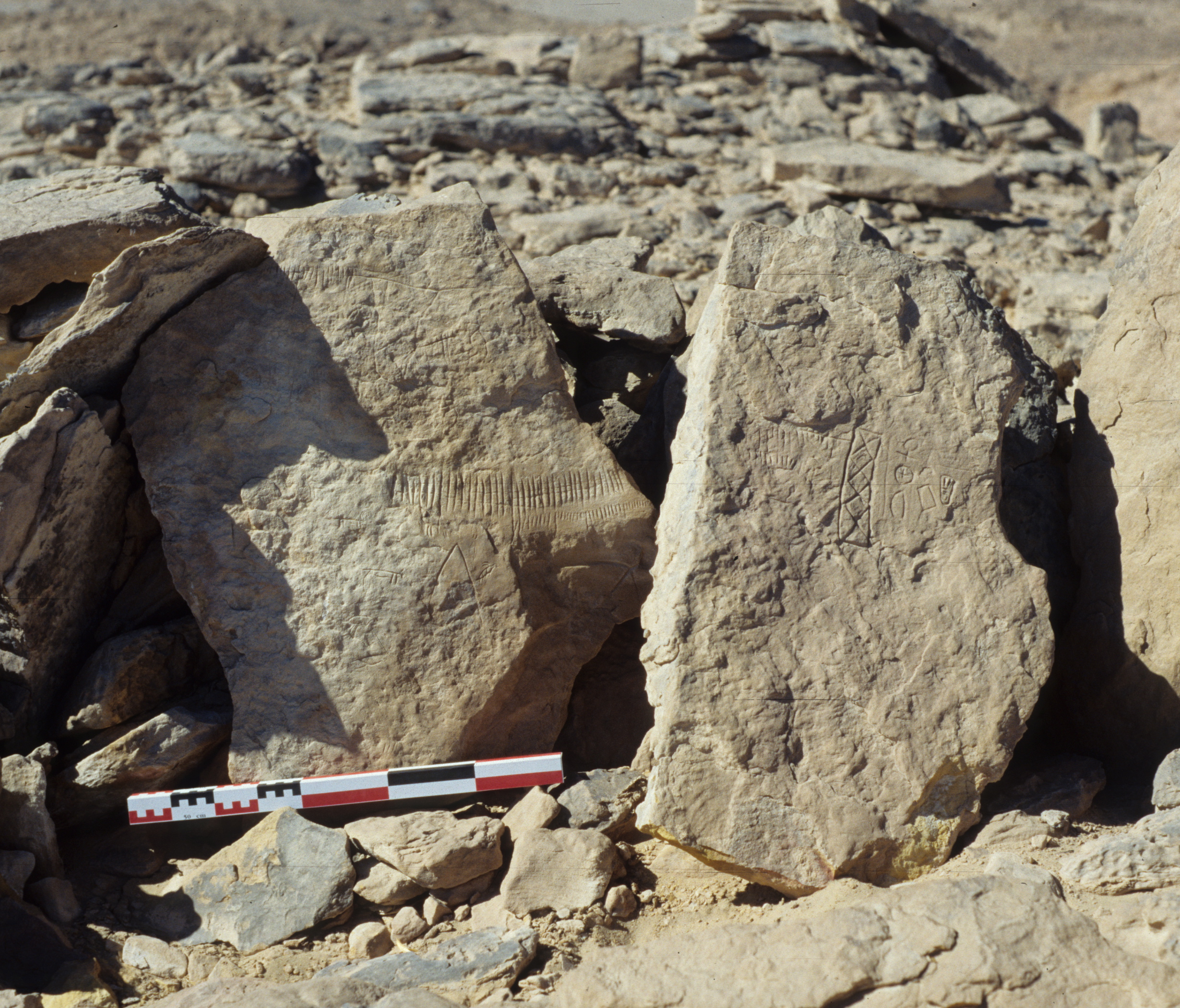Fieldwork in Dakhla Oasis and in Berenike, Egypt
“Amheida”
“Mut el-Kharab”
“Ain Birbiya Temple”
“Deir el-Hagar”
“The Kellis Mammisi”
“Watch Posts”
Since 2018, I am working on the excavations of the temple of Isis in Berenike, on the Red Sea COast. This temple connects Egypt to the trade routes to India, but also to Meroë in the Sudan.



